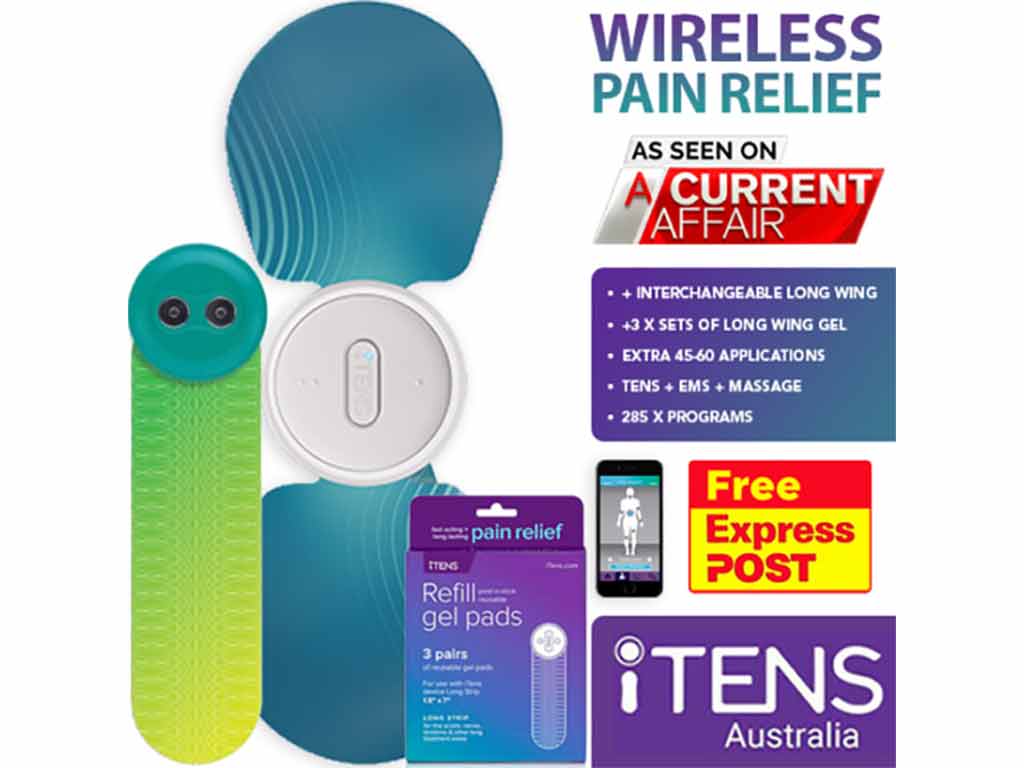
Different types of pain in people range from mild to severe. Transcutaneous Electrical Nerve Stimulation (TENS) is a treatment option that can relieve these various conditions. Individuals can buy a personal device. However, they must acquire a quality TENS unit. It is essential because it assures an effective and consistent method of pain relief. When TENS works as intended, it sends mild electric currents to nerve fibres. Then, it blocks pain signals or releases endorphins, reducing acute and chronic pain.
Physical therapists and other medical practitioners utilise professional-quality TENS machines. These have precise settings for intensity and frequency, ensuring that the user receives the optimal stimulation levels for specific health issues. With technological advancements, quality devices are more accessible to the public. Then, they can operate it anywhere and anytime. To learn more about quality TENS, the following sections will present its importance, how it works, and the treatable conditions.
Importance of Using a Quality TENS Unit
TENS utilises a battery-operated device that uses low-voltage electrical current. People should buy a quality TENS unit to maximise its benefits and ensure successful pain management. A high-quality machine has precise control over electrical stimulation parameters, allowing users to tailor the treatment to their specific needs. Moreover, it has safety features, like built-in timers and automatic shut-off mechanisms, to prevent overstimulation or misuse.
One essential reason for using quality TENS is the assurance of accuracy and consistency in pain relief. A reliable device will deliver electrical nerve stimulation at the desired intensity and frequency, targeting the nerve fibres responsible for pain transmission. Subsequently, users can trust that their pain management will enhance their overall well-being and quality of life.
Individuals should prioritise safety when using medical treatments or tools. Hence, a quality unit will be properly tested and certified, ensuring compliance with safety standards. This element is crucial as electrical stimulation can be harmful if people do not operate it correctly. High-quality machines also come with clear instructions, guiding users on safe electrode placements, appropriate settings, and potential contraindications to be aware of.
Benefits of TENS Therapy
- TENS is a natural method of pain relief. It alleviates aches and discomfort due to different conditions and injuries without relying on drugs or intrusive medical procedures.
- Individuals can save more money, as buying a TENS machine is relatively affordable. Thus, this makes the therapy cost-effective compared to other pain management options.
- The TENS device has a portable and lightweight design. Additionally, it is user-friendly. As a result, users can administer therapy at home or on the go.
- This form of therapy offers versatility because it can help with a wide range of health conditions. Some examples are neck, back, and nerve pain in people.

How Does a Quality TENS Unit Work?
Activating the mechanisms of TENS is simple. First, users must prepare the skin and the quality TENS unit. Then, they should place the adhesive electrode pads on or around the pain site. Afterwards, they must turn the device on and adjust the settings based on the pain intensity and the preferences. As the treatment session progresses, TENS stimulates the nerves to disrupt pain signals or produce natural painkillers.
Operating on the Gate Control Theory principle, TENS targets specific nerve fibres to block the pain messages to the brain. One of the primary goals of the electrical impulses from the portable unit is to close the gate to pain perception. Subsequently, the brain receives fewer pain signals, reducing the pain sensations in the affected area.
Moreover, the quality device provides thoroughness. Then, this encourages the body to release more endorphins. These natural pain-reliving chemicals help alleviate discomfort, promote well-being, and improve quality of life. Furthermore, TENS works by utilising the preset programs. Some models have burst, boost, and massage modes to target different types of pain and provide customised relief.
Low and High Frequencies
Low-level frequency is also known as conventional TENS. It typically operates at frequencies of 1 to 9 Hertz (Hz). This form of therapy produces a tingling or tapping sensation on the skin. Subsequently, the stimulation and effects help reduce chronic pain like osteoarthritis, fibromyalgia, and back pain.
Meanwhile, high-level frequency is also known as acupuncture-like TENS. It often operates at frequencies ranging from 50 to 120 Hz. This type of treatment delivers more intense electrical pulses, aiming to stimulate the pain-gating mechanisms of electrical nerve stimulation. Then, people with acute conditions, like wrist and neck pain due to injuries, can rely on this setting.

Treatable Conditions When Using a Quality TENS Unit
A quality TENS unit can lessen the pain of various treatable conditions. One type is chronic pain conditions. These are health issues that cause ongoing pain, such as arthritis, cancer pain, and bursitis. Chronic pain sufferers can significantly benefit from using a TENS device to help manage their symptoms and improve their quality of life.
In addition, electrical nerve stimulation can manage acute pain conditions. These are sudden and intense pain episodes that injuries or surgeries typically cause. Some examples are labour pain, sports injuries, and postoperative pain. TENS machines can help reduce the intensity of acute pain or discomfort and provide relief during recovery.
Also, TENS can aid in musculoskeletal pain conditions. These affect the muscles and joints, including shoulder pain, back aches, foot pain, muscular aches, and knee pain. Furthermore, the electrical impulses from TENS can target neuropathic or nerve pain conditions. These occur when there is damage or dysfunction in the nervous system, such as diabetic neuropathy, sciatica, and carpal tunnel syndrome.
Are There Potential Side Effects?
Professionals generally consider TENS safe. However, there are potential side effects. Thus, individuals must be aware of these. For instance, skin irritation or redness may occur when users place the electrode pads incorrectly. Moreover, some may experience allergic reactions to the adhesives of replacement pads.
Another potential side effect is muscle twitching or spasms during TENS treatment. This can happen if the electrical current is too high. Nevertheless, these irritations are typically mild and temporary. They can resolve on their own after discontinuing TENS therapy. Also, users can prevent these by following guidelines from a healthcare professional or the manufacturer.
Conclusion
TENS alleviates pain and promotes overall well-being. A quality TENS unit can further ensure the user receives optimal relief and benefits from using the device. Additionally, it assures accuracy and consistency. The machine delivers low-voltage electrical currents to specific body areas, stimulating nerves. TENS can activate the pain-gating mechanism by using high frequencies. On the other hand, low frequencies can trigger the release of endorphins. Both methods provide natural pain relief.
Electrical nerve stimulation can help manage various painful conditions. These include muscle pain, back aches, joint pain, labour contractions, leg pain, sciatica, and arm pain. They can utilise different intensity levels or treatment modes to target specific health issues. However, individuals should be aware of the potential side effects like skin irritation, muscle twitching, or discomfort during use. Those interested in purchasing a wireless TENS unit can check iTENS from iTENS Australia.







